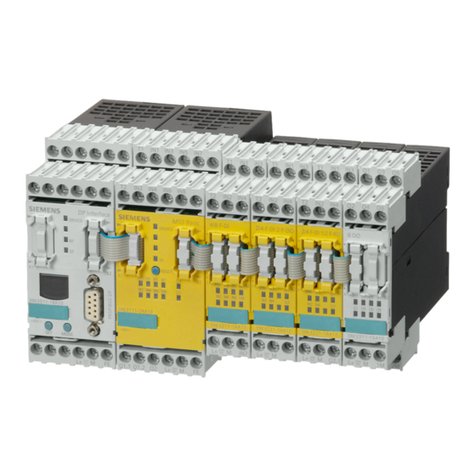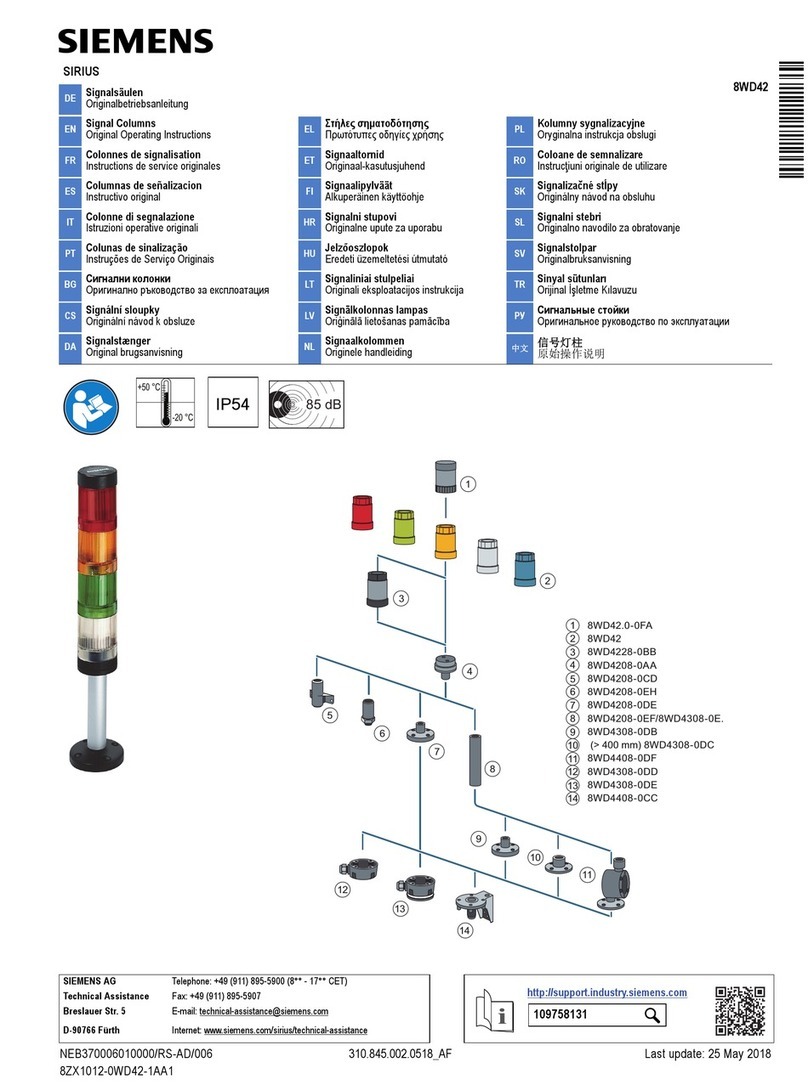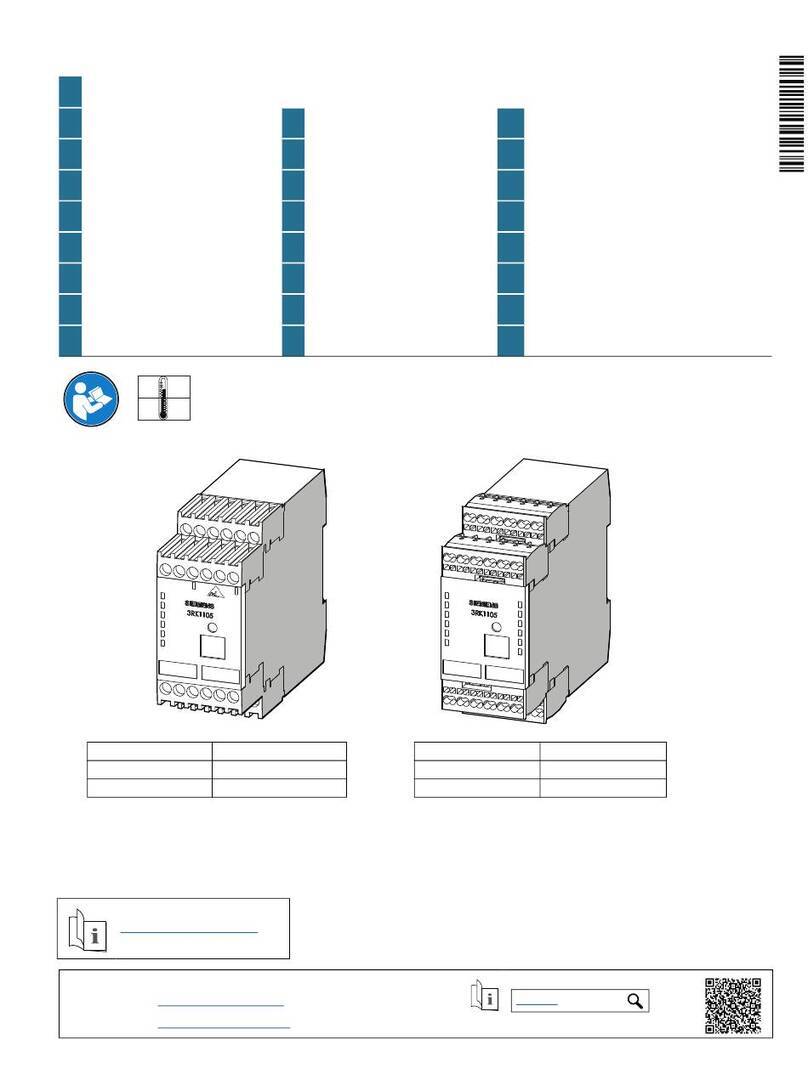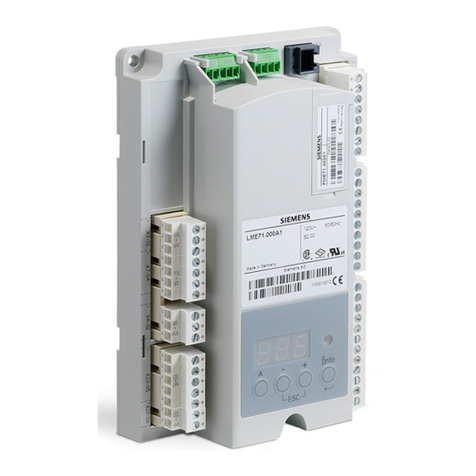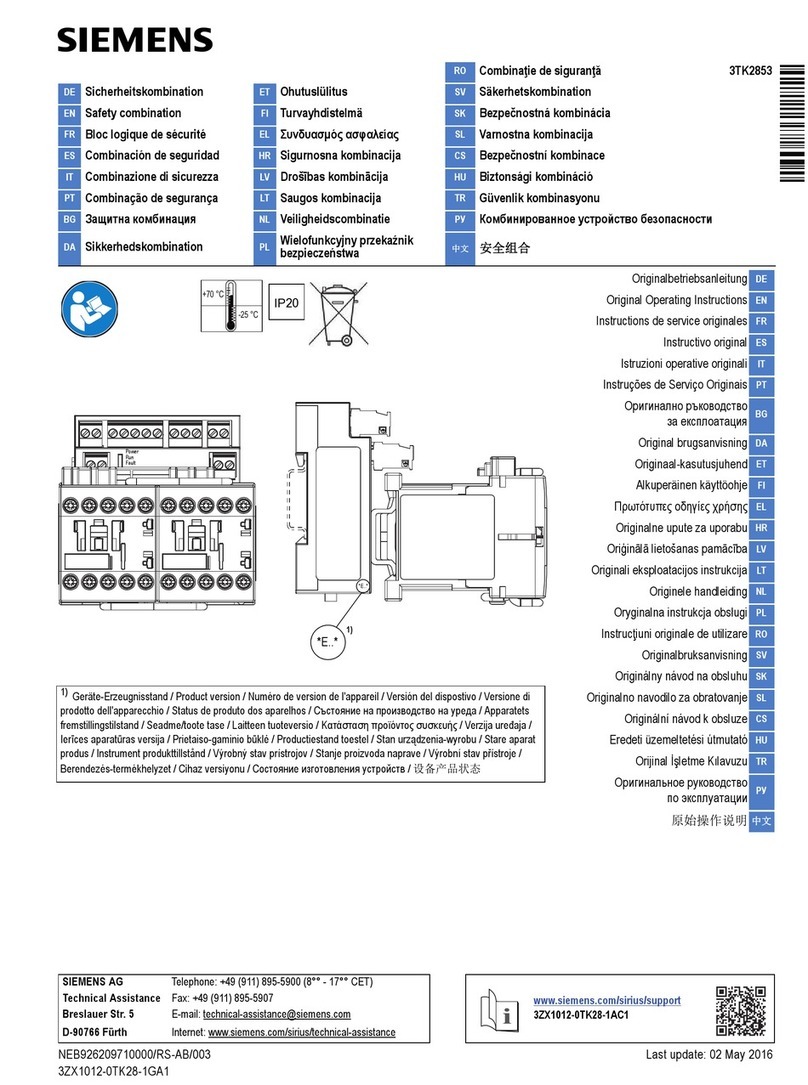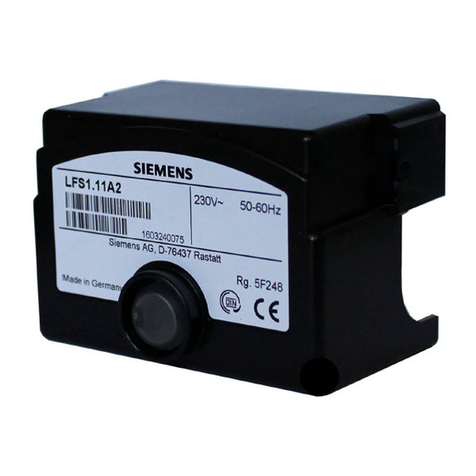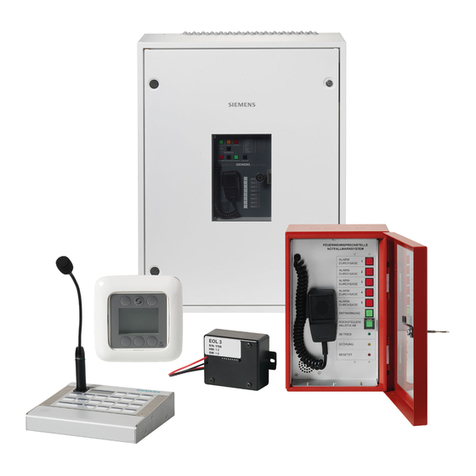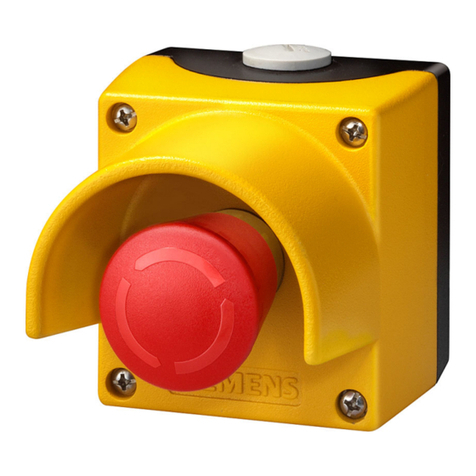
A6V10374021_f_en_-- 3 | 38
Table of contents
1 About this document................................................................................. 5
1.1 Applicable documents .............................................................................. 6
1.2 Technical terms ........................................................................................ 7
1.3 History of changes.................................................................................... 7
2 Safety ....................................................................................................... 8
2.1 Safety notes.............................................................................................. 8
2.2 Safety regulations for the method of operation......................................... 9
2.3 Standards and directives complied with ................................................... 11
2.4 Release Notes .......................................................................................... 11
3 Structure and function .............................................................................. 12
3.1 Overview................................................................................................... 12
3.1.1 Details for ordering ..................................................................... 12
3.1.2 Product version ........................................................................... 13
3.2 Setup ........................................................................................................ 14
3.2.1 Manual call point ......................................................................... 14
3.2.2 Connections ................................................................................ 15
3.2.3 Indication elements..................................................................... 15
3.3 Function.................................................................................................... 16
3.3.1 Danger levels .............................................................................. 16
3.3.2 Internal alarm indicator ............................................................... 16
3.3.3 Line separator............................................................................. 16
3.3.4 Test mode on the manual call point............................................ 16
3.3.5 Diagnosis levels .......................................................................... 17
3.3.6 Behavior in degraded mode........................................................ 17
3.4 Accessories .............................................................................................. 19
3.4.1 Glass insert FDMG298 ............................................................... 19
3.4.2 Key FDMK294 ............................................................................ 19
3.4.3 M20x1.5 metal cable gland....................................................... 19
4 Planning.................................................................................................... 20
4.1 Compatibility ............................................................................................. 20
4.2 Fields of application.................................................................................. 20
4.3 Mounting site ............................................................................................ 20
4.4 Environmental influences ......................................................................... 20
5 Mounting/Installation................................................................................. 21
5.1 Preparation ............................................................................................... 21
5.2 Installation ................................................................................................ 22
5.3 Installation ................................................................................................ 23
6 Commissioning ......................................................................................... 26
6.1 Localization and device testing................................................................. 26
6.2 Checking function ..................................................................................... 27
7 Maintenance/Repair ............................................................................... 30
7.1 Resetting after an alarm ........................................................................... 30
7.2 Status query ............................................................................................. 31
7.3 Performance check................................................................................... 31
